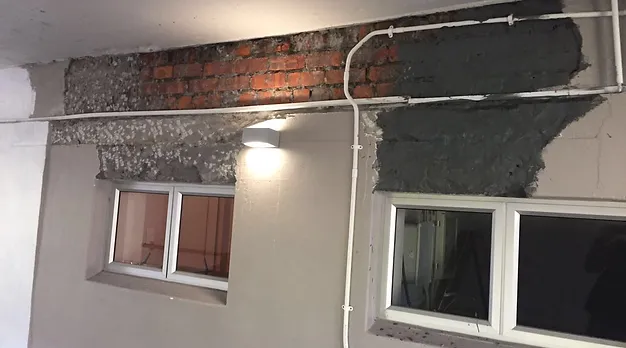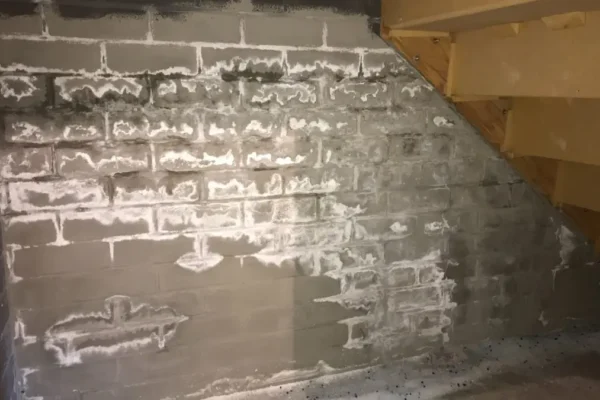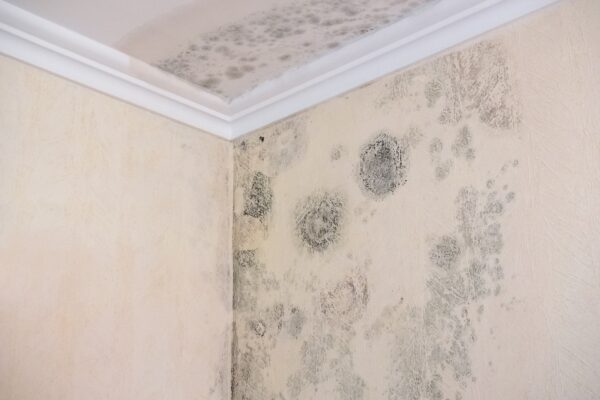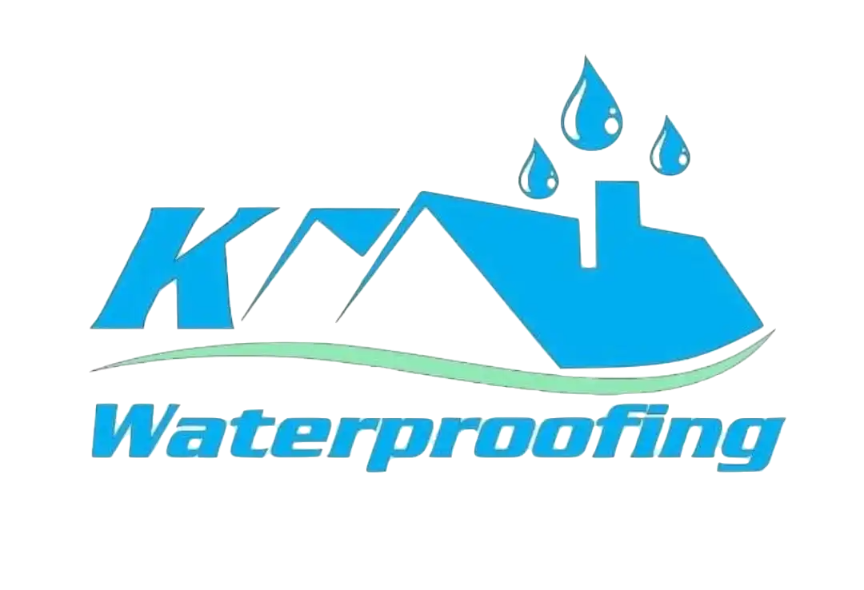
Penetrating & Lateral Damp Solutions
Using specialized damp meters, we accurately identify the source of water penetration, take the necessary steps to prevent further ingress, and carry out remedial repairs to the affected areas.
Project Values
Penetrating and Lateral Damp
Penetrating and lateral damp is a common issue in buildings, often occurring through walls, roofs, or openings like window reveals, light fittings, pipes, and cables. It can also affect underground walls in basements or cellars. Water typically enters through the exterior of a building and then shows up inside.
Common Defects Include:
– Roof issues such as faulty flashing or cracked/missing tiles
– Faults in brickwork or masonry, like cracked or missing pointing
– Porous bricks or stones
– Defective sealing around window frames and doors
– Blocked or missing weep holes
– Defective trays in cavity walls
– Structural cracks, corroded spalling, and unsealed expansion joints
– Poor painting and unsealed parapets
While penetrating damp is most common in single-skin walls, it can also occur in cavity walls, particularly through tracking along wall ties.
What Causes Penetrating and Lateral Damp?
– Cracks in render and masonry that allow damp to penetrate
– Defects in masonry, such as porous bricks, stones, or mortar
– Poor or missing pointing
– Unfilled joints and perpends
– Defective seals around doors and windows
– Holes in walls from cables or pipes
– Damaged render
– Broken or degraded flashing and untreated parapets
Identifying and addressing these defects is crucial for preventing and resolving penetrating and lateral damp.
Our Treatment Explained
- We begin by hydro blasting the affected walls to reveal cracks and hidden weaknesses that aren't immediately visible
- Next, we repair or re-plaster any compromised or missing plaster. We use a grinder to open up the cracks, properly priming and repairing them with a cement glue compound. Afterward, we treat the area to match the surrounding finishes, avoiding the use of porous materials like polyfiller.
- All old window seals are removed and replaced with UV-resistant Polyurethane, as silicone is more prone to weather damage. We also reseal any openings for cables, pipes, or fittings that could lead to water ingress.
- We clean and protect weep holes with molded Perspex covers to prevent water infiltration while allowing the holes to function as intended.
- All expansion joints and V-joints are thoroughly cleaned and resealed with high-quality Polyurethane.
- Parapets and flashing are sealed using a membrane and Elastocryl from Weatherprufe for durable protection.
- Finally, we apply Weatherklad, a specially formulated fiber-enforced, weatherproof coating tinted to match your house color. This seals any remaining minor cracks up to 1mm wide, ensuring long-lasting protection.


